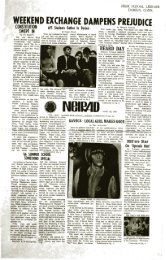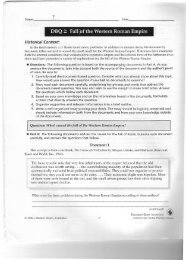Forensic Investigation Curriculum (pdf) - Darien Public Schools
Forensic Investigation Curriculum (pdf) - Darien Public Schools
Forensic Investigation Curriculum (pdf) - Darien Public Schools
Create successful ePaper yourself
Turn your PDF publications into a flip-book with our unique Google optimized e-Paper software.
UNIT 2: The Crime Scene<br />
Essential Question 1: How is a crime scene identified and processed?<br />
Essential Question 2: What types of evidence might be found at a crime scene, and how<br />
is each recognized, collected, stored, and processed?<br />
CONTENT KNOWLEDGE OBJECTIVES<br />
Initial Understanding:<br />
� Describe the characteristics of a crime scene.<br />
� List the types of physical evidence that might be found at a crime scene.<br />
� Sequence the steps in securing and processing a crime scene.<br />
Developing an Interpretation:<br />
� Summarize Locard‟s exchange principle and its application to a crime scene.<br />
� Explain the responsibilities of crime scene professionals.<br />
� Define chain of custody and its importance.<br />
Making Connections:<br />
� Describe the steps for identifying, collecting, and processing different types of<br />
evidence.<br />
� Demonstrate proper technique for collecting, packaging, and storing evidence<br />
collected from a mock crime scene.<br />
� Sketch and photograph a mock crime scene.<br />
Taking a Critical Stance:<br />
� Distinguish between direct and circumstantial evidence.<br />
� Compare and contrast the different ways to search a crime scene.<br />
20



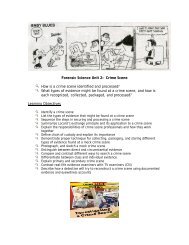
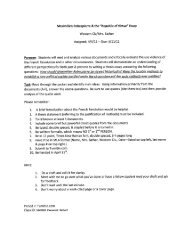

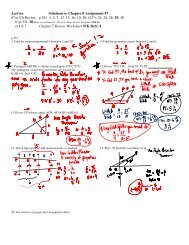
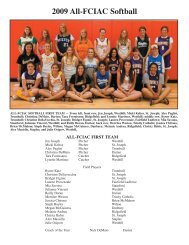
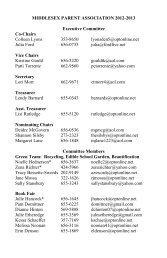
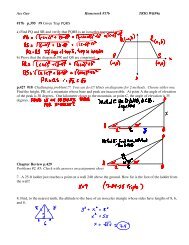
![Name Independent Practice Worksheet 23.]](https://img.yumpu.com/13527672/1/190x245/name-independent-practice-worksheet-23.jpg?quality=85)
